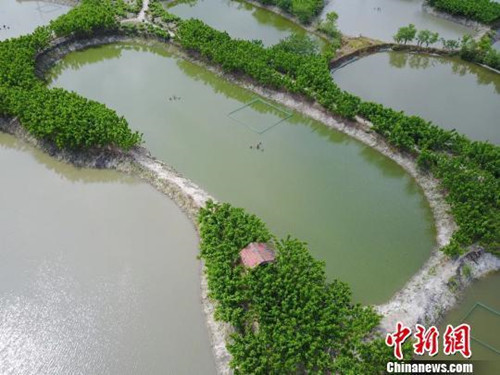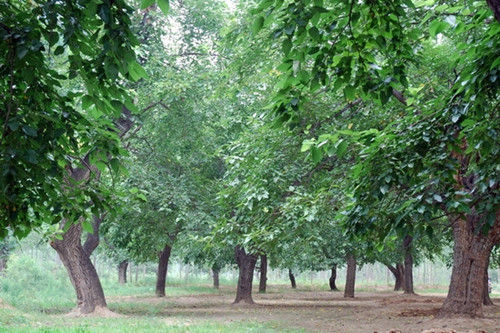4 Chinese sites selected as global agricultural heritages
 0 Comment(s)
0 Comment(s) Print
Print E-mail China Plus, November 26, 2017
E-mail China Plus, November 26, 2017
The Food and Agriculture Organization of the United Nations (FAO) convened a meeting of the Scientific Advisory Group (SAG) on Globally Important Agricultural Heritage Systems (GIAHS) at its headquarters in Rome on November 24, 2017.
During the meeting, two Chinese sites - the Zhagana Farming, Forestry and Animal Husbandry Compound System in Gansu Province and the Huzhou Mulberry Dyke Fishpond System in Zhejiang Province - were formally designated as GIAHS sites.
 |
|
Huzhou Mulberry Dyke Fishpond System in east China’s Zhejiang Province. [File photo: Chinanews.com] |
Meanwhile, the four rice terrace areas in south and east China (in Guangxi Zhuang Autonomous Region, Hunan, Fujian, and Jiangxi Provinces) and the Xiajin Ancient Mulberry Wood in Shandong Province were approved in principle, which means they require only an expert's final confirmation before gaining official designation.
The four additions will bring China to a total of 15 GIAHS sites, the most of any country worldwide.
Launched by FAO in 2002, GIAHS are defined as “remarkable land use systems and landscapes which are rich in globally significant biological diversity evolving from the co-adaptation of a community with its environment and its needs and aspirations for sustainable development.”
|
|
|
Xiajin Ancient Mulberry Wood in east China’s Shandong Province [File photo: moa.gov.cn] |
“China’s agricultural heritage systems have effectively enhanced the livelihoods of the people in rural areas, bringing both ecological and economic benefits,” said Min Qingwen, member of the SAG.
Min added that these agricultural projects should be under the appropriate protection and effective application.







Go to Forum >>0 Comment(s)